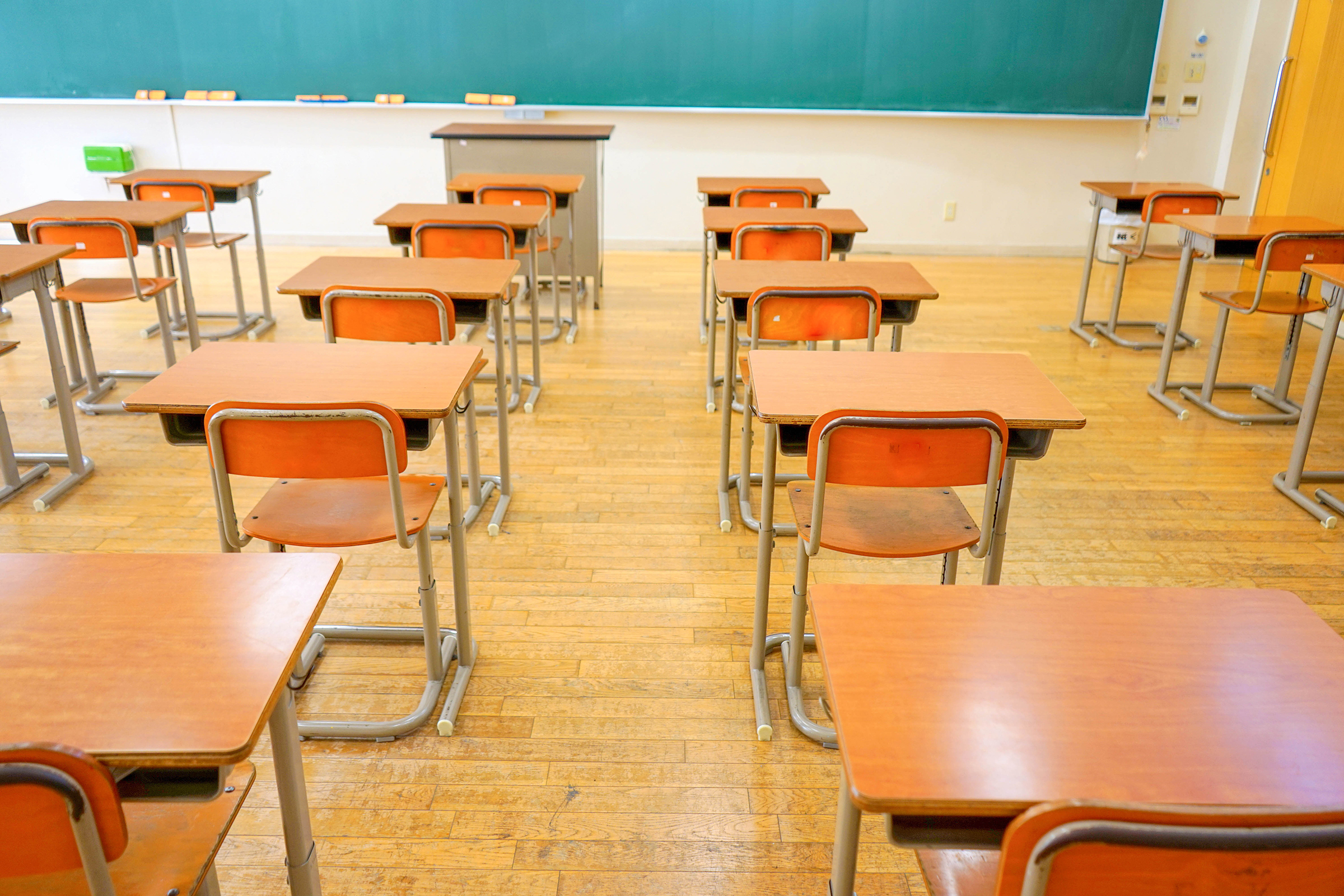No one paid the weapons detector any mind on a recent, bustling mid-weekday at Morgantown High School.
Students and teachers, already in the building, walked by the gray sentinel’s twin posts without looking over.
The devices that are now also in place at University High and Clay-Battelle are just part of the landscape in Monongalia County’s school district these days — which is also why everyone knew what Gov. Jim Justice was referring to during his briefing with reporters earlier this week.
Even if he didn’t say, “Uvalde, Texas,” out loud.
“We’re not immune to this,” he said.
“Can you imagine little kids calling on cellphones?” he asked.
“And we wouldn’t be standing around,” he added, “wondering who’s going to do what.”
The governor was talking about a safety initiative for the state’s schools that his office rolled out Tuesday.
Its goal is the make schools in the Mountain State more fortified and unified, in response to a mass-shooting assault, such as the one last May at an elementary school in above-mentioned Uvalde that left 19 students, two teachers and the suspect dead.
The enormity of Uvalde is still casting a shadow over West Virginia, with its schools in sometimes out-of-the-way places.
Schools that may, or may not, be bolstered by security measures, including buzz-in intercoms and ballistic glass.
To date, 346 of the state’s 674 schools are outfitted with such features.
What to do when it happens
The initiative, meanwhile, is bolstered in part by a $2 million outlay from the state Department of Education, the governor said.
Plans are to put specially designated school safety officers in the hallways, Justice said.
Uniformed police officers who are still attached to area law enforcement agencies perform those duties now, he said — “But they wear many hats and now we’ll have people who are focused 100% on school safety.”
The initiative comes in the form of a 30-page document that addresses detection and prevention, crisis response and post-crisis response.
In Uvalde, it was a failing of crisis response: Scores of fully armed officers in tactical gear milled about for more than an hour in a school hallway, waiting for orders while from the other side of the wall, sporadic gunfire — and cellphone calls to 911 made by children in classrooms under siege — rang out.
Detection and prevention were the failings in a school shooting in suburban Detroit months before.
A 15-year-old was taken aside by teachers who worried when they caught the suspect sketching out violent scenes in his notebook while doing online searches of ammunition during class.
A meeting with counselors and the student’s parents was fatally unproductive.
Minutes after his parents left after refusing to take their son home for medical treatment, he shot four classmates dead with an assault-type weapon.
That case prompted Mon’s school district to purchase the high-tech weapons detectors, eight in all.
This fall the district wants to test them at middle schools and at a football game. The devices are portable and can be easily transported from venue to venue.
“I don’t want to suggest our buildings are no longer safe, because ‘safety’ is the word,” Mon Schools Superintendent Eddie Campbell Jr. said. “This is just one more layer for our kids.”
A layer hopefully cloaked in prevention, Rob Cunningham said.
Cunningham is a former West Virginia state trooper and federal agent who now serves as deputy secretary of the state Department of Homeland Security. He helped author the initiative.
Lock-and-load life
As part of the initiative, a mobile app that will serve as an anonymous tip line will also be rolled out.
Anyone concerned about a possible threat in a school can send a text, or a photograph or video to authorities through that app, Cunningham said during the governor’s briefing.
In remarks to House of Delegates this summer, he spoke about the pragmatism that goes with that message of prevention in his new job description.
These days, a student in a classroom, along with his teacher and anyone else associated with the day-to-day of life in a 21st century school building, is living in a heightened reality of chambered rounds.
Rounds, Cunningham told lawmakers, just waiting to be discharged at the next poor grade, prom date rejection, cafeteria-taunt or other bullying episode.
“School safety isn’t the math teacher’s responsibility or the principal’s responsibility,” he said then.
“It’s everyone’s responsibility.”
TWEET @DominionPostWV




